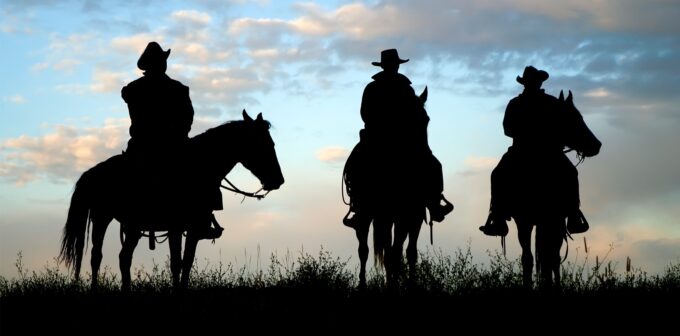It’s a trifecta of respiratory illnesses this season, and we need to be vigilant against the combination.
Doctors are urged to be vigilant for RSV this winter, amid the looming threat of “flurona”, especially among those Australians who have more limited access to healthcare.
Early data suggests RSV is surging back after a lockdown hiatus, making this Australia’s first winter season with high rates of influenza, high rates of covid infection and high rates of respiratory syncytial virus.
“We need to see how all of these viruses are playing out together,” said Dr Nusrat Homaira, a respiratory epidemiologist based at Sydney Children’s Hospital.
While RSV numbers are climbing, the outbreak doesn’t yet appear to be bigger than previous outbreaks, said the senior lecturer of paediatrics at UNSW. It appears to have returned to its usual winter timing and it is now affecting older children, aged two-to-four.
“We need to be very vigilant,” Dr Homaira warned.
Although RSV is now a notifiable disease, it is not routinely tested for.
“There have been discussions going on around testing all children coming with bronchiolitis for RSV and flu,” said Dr Homaira.
She emphasised the need for lab-confirmed diagnostic data to better understand the nature of these viruses, and answer questions about whether covid affects other viruses, and whether these other respiratory infections would outnumber covid infections.
“We don’t see a lot of flu and RSV in the same child, but there are reports of coinfection with flu and coronavirus,” she said. “We haven’t picked up covid and RSV – yet.”
Almost every child will have caught the virus by their third birthday, but the infection is most dangerous to children under six months of age. The main factor determining patients’ outcomes is their access to healthcare. That’s because RSV care is mainly supportive, and involves maintaining oxygen, hydration and ensuring the child is feeding well, Dr Homaira said.
A recent study in The Lancet found the majority of cases and deaths were in low- and middle-income countries.
Unfortunately, there are still disparities in healthcare access here.
“Indigenous kids have four to five times higher rates of RSV hospitalisations than non-Indigenous kids,” Dr Homaira said.
“Severity depends on both genetic and environmental factors,” she added. “When it comes to the modifiable environmental factors, we clearly are not doing these kids justice.”
The high cost of monoclonal antibody palivizumab (Synagis, AbbVie), used to prevent severe RSV infection, meant many kids miss out, even in high income countries. “There’s a lot of variation in terms of who gets it and who doesn’t. There are a lot of systemic gaps,” said Dr Homaira.
In Australia, its availability is limited to those at high risk – born preterm or with chronic heart or lung diseases.
But Aboriginal children are not automatically included in this high-risk group, said Dr Homaira. The lack of clarity around who pays for the drugs makes their use even more complicated, she said: “It’s five doses, so once the child leaves the neonatal intensive care unit and is then referred back to the local site, who pays for that?”
Geography also greatly affects access in Australia, which can translate to poorer outcomes for RSV as with any other illness, said Dr Homaira. “Tertiary hospitals are quite far away, the travel time for parents to take their children to those hospitals, and staying overnight if the child is hospitalised, the tangible and intangible costs – that has always been an issue.”


